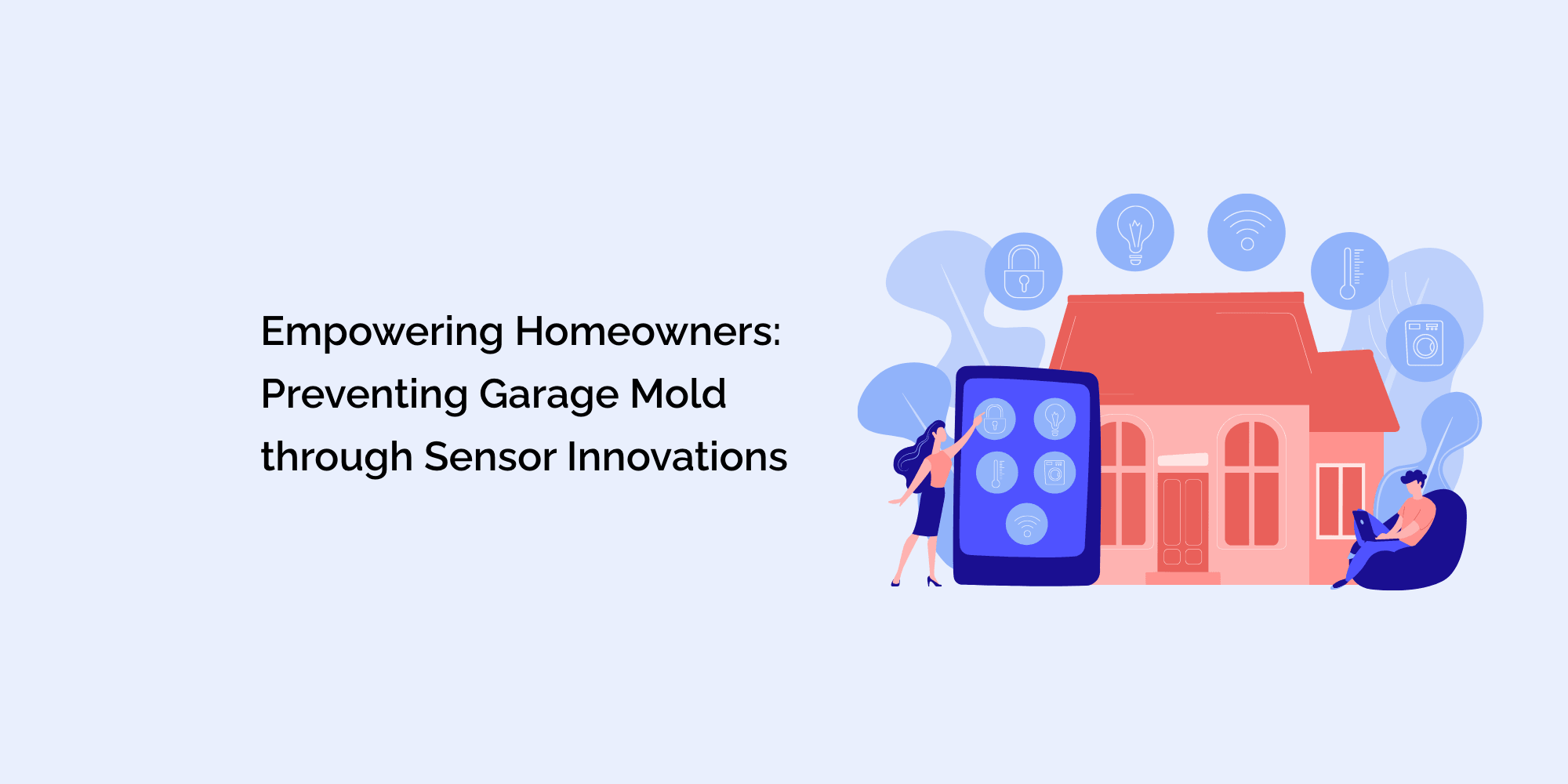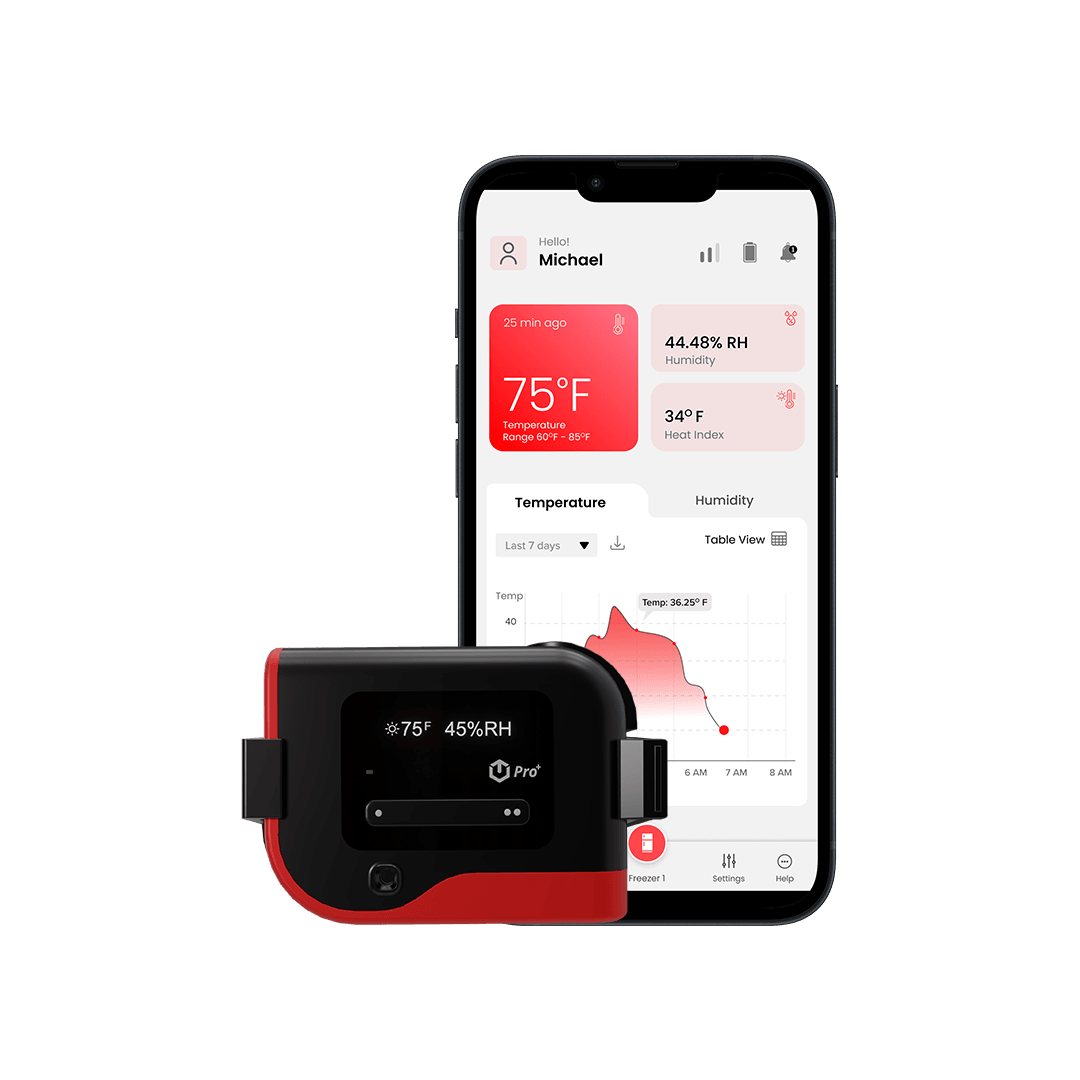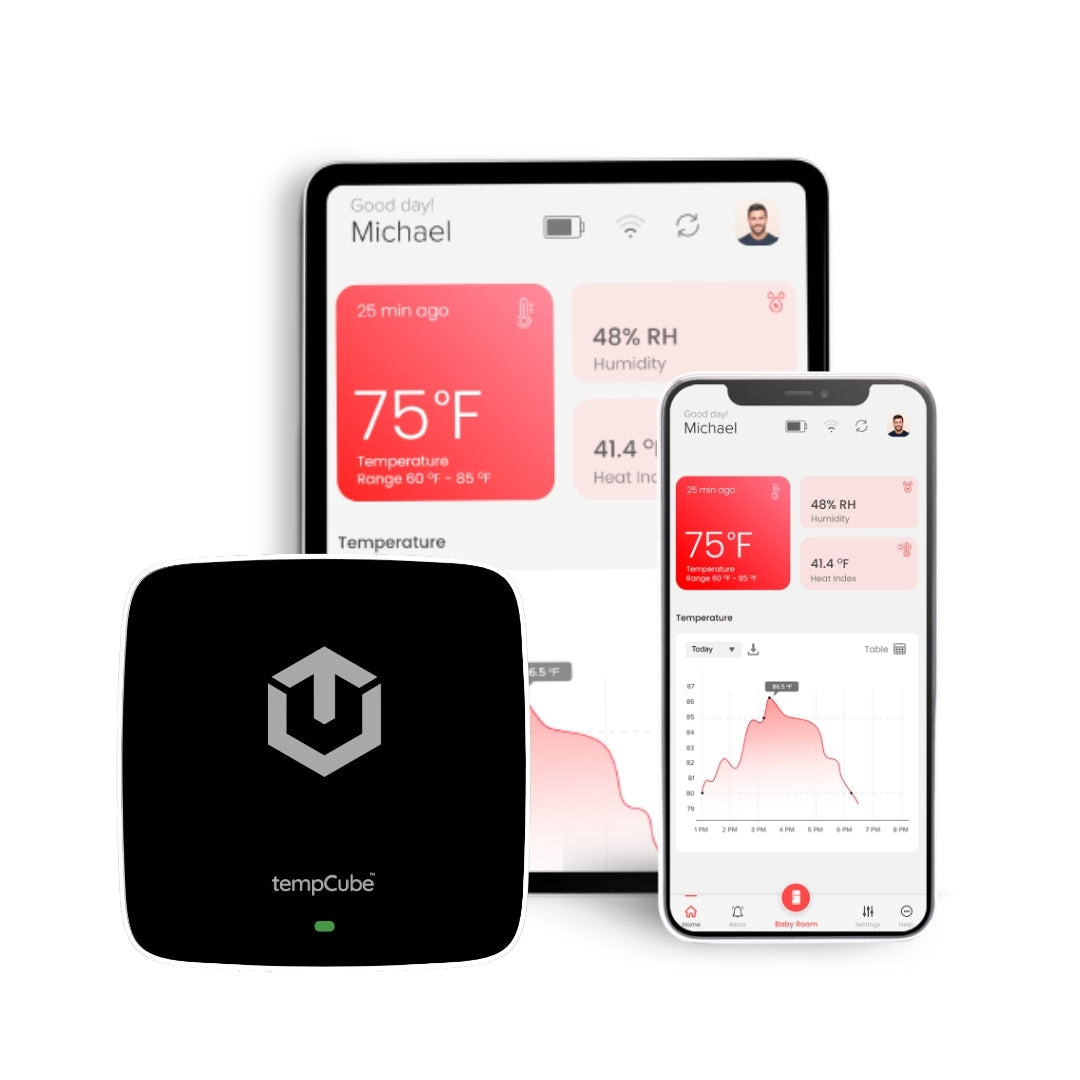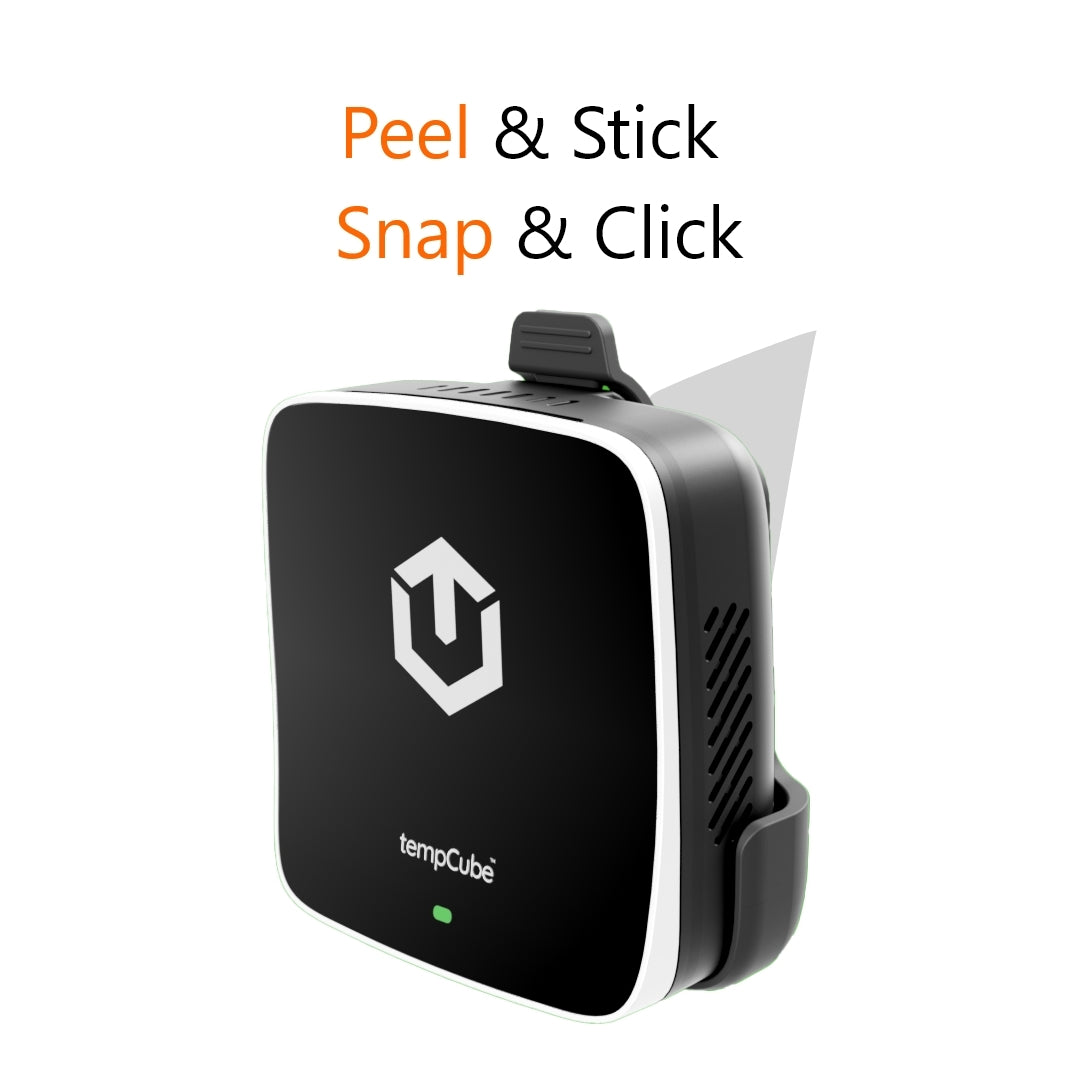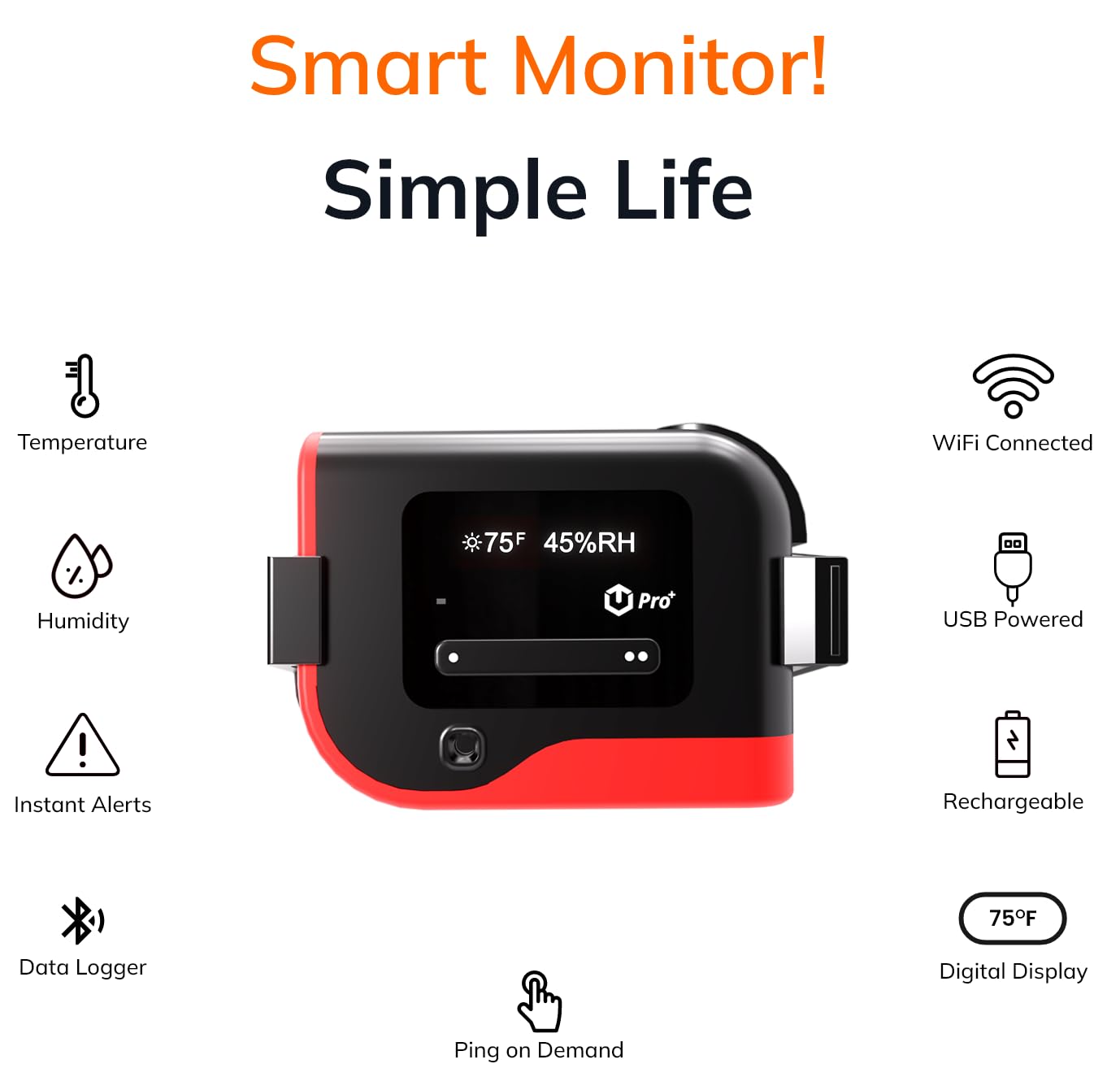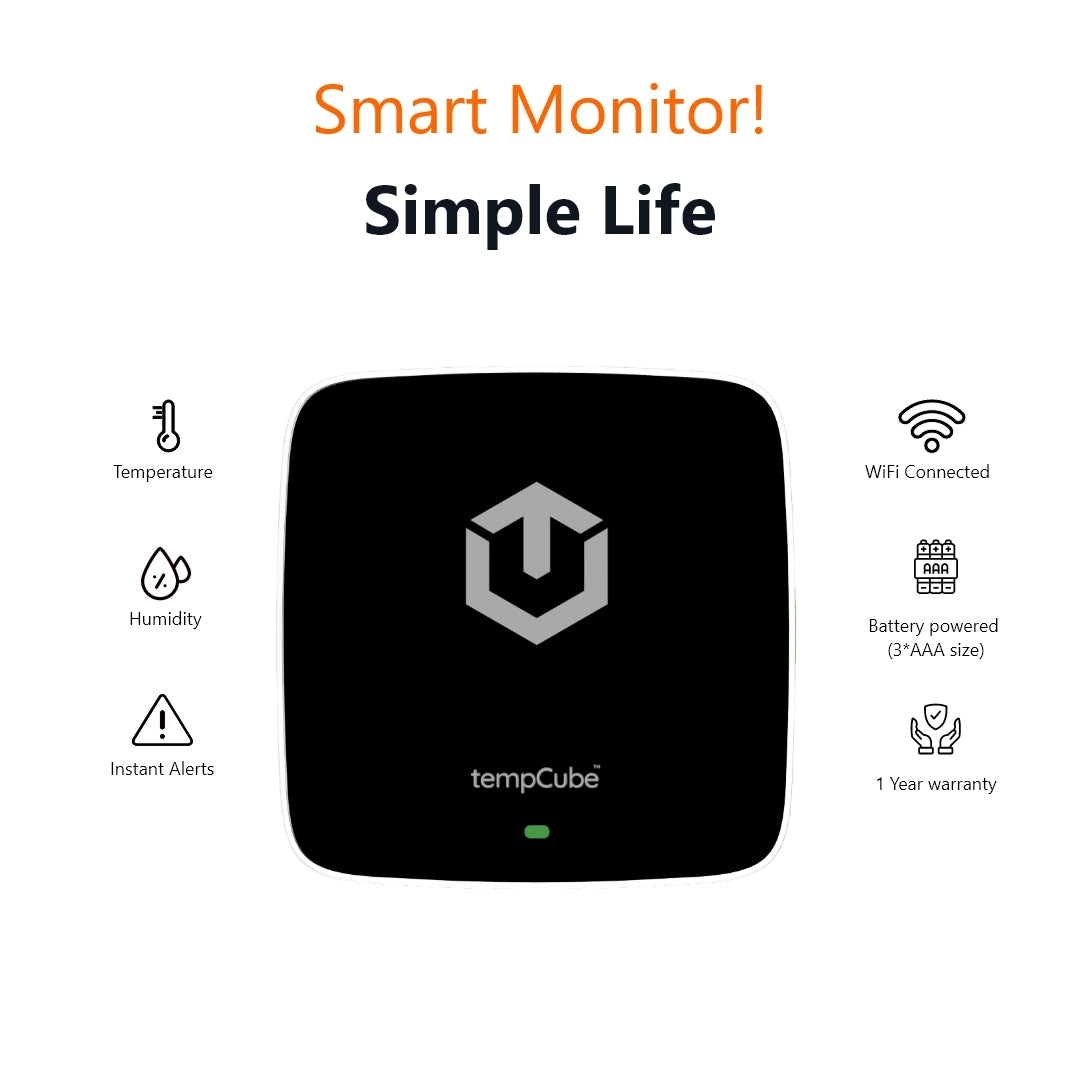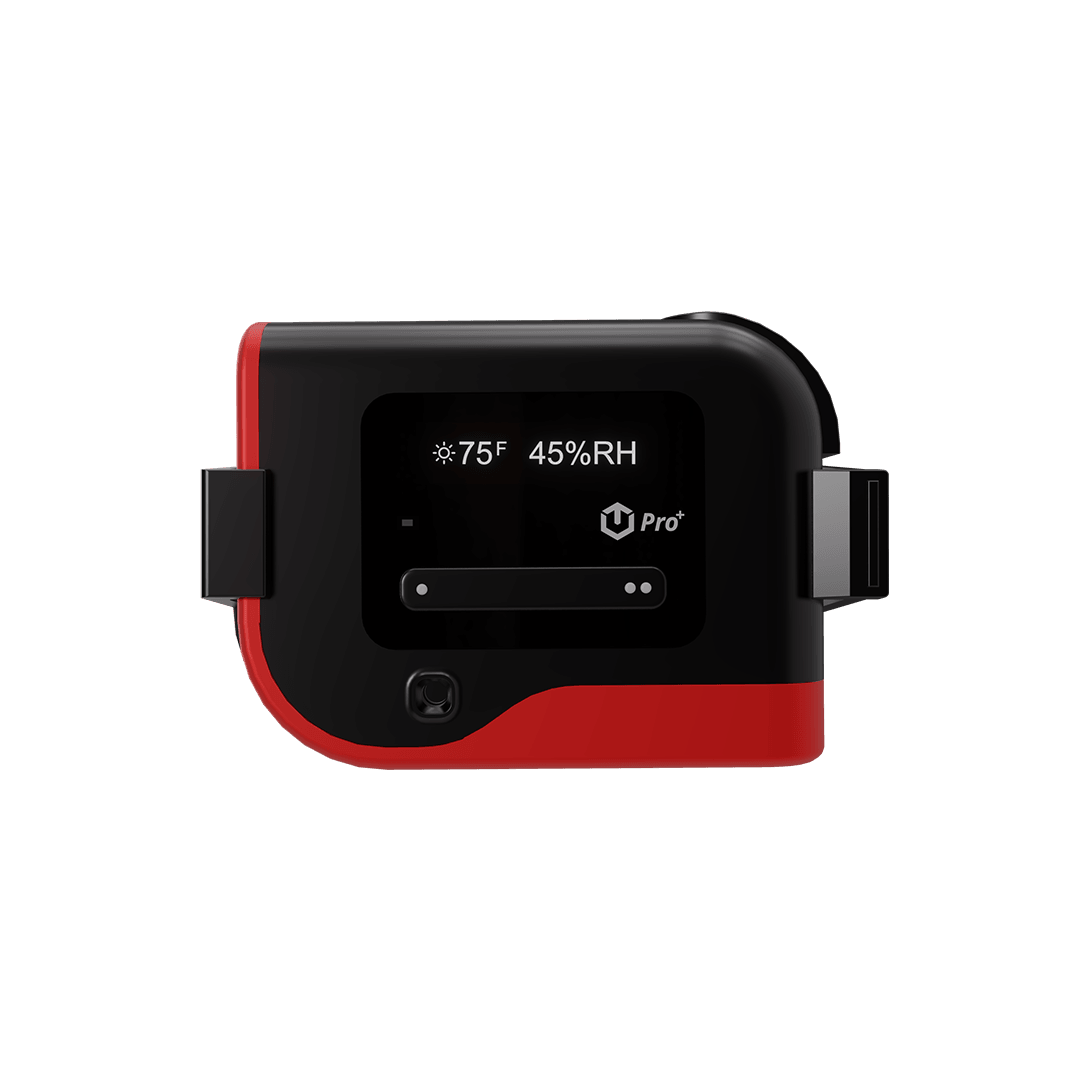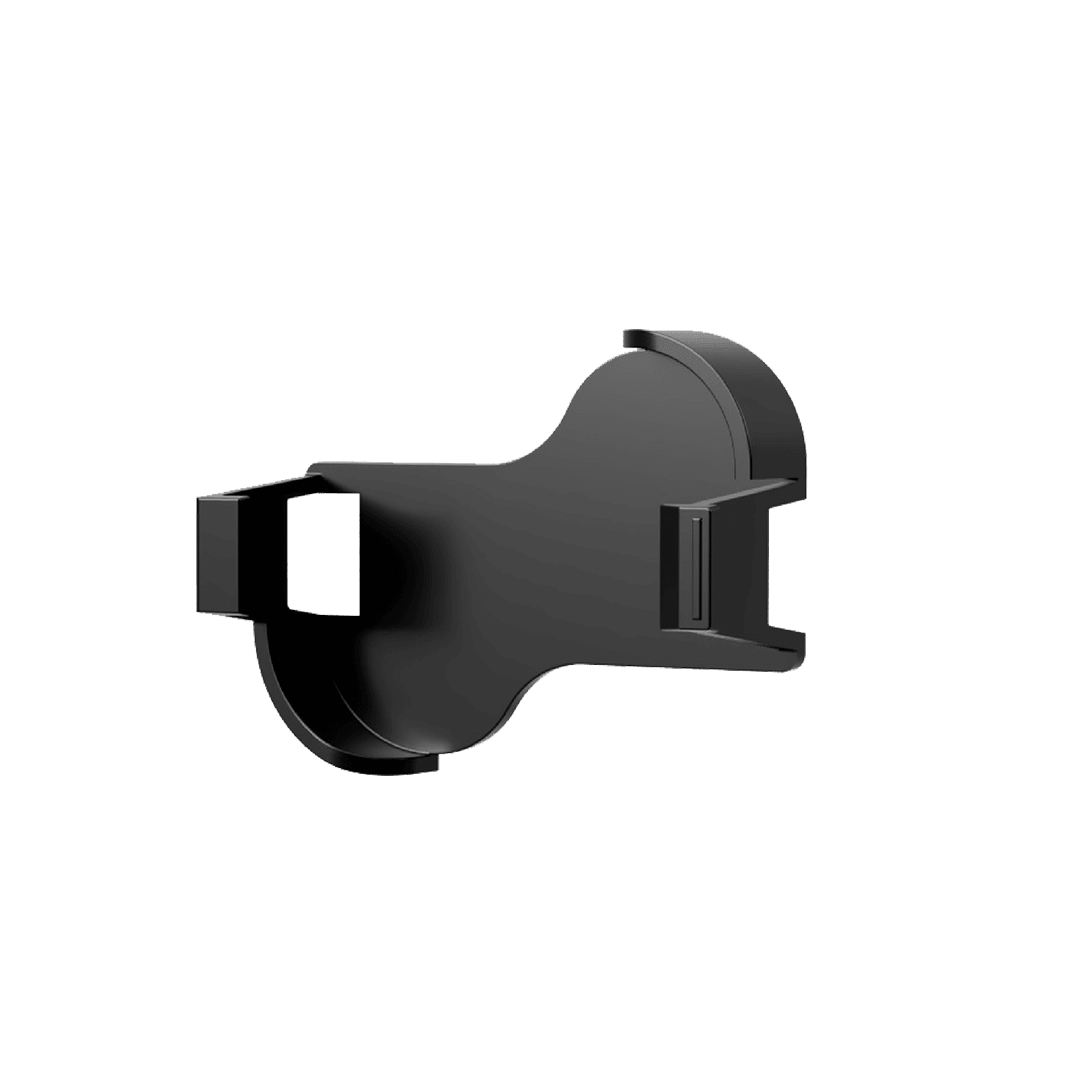Mold growth is a persistent issue that many homeowners face, especially in spaces like garages where temperature and humidity levels can fluctuate. The presence of mold not only damages belongings but also poses health risks to residents.
Fortunately, advancements in technology have led to innovative solutions, such as temperature and humidity sensors.
In this comprehensive blog, we'll explore how these sensors empower homeowners to proactively prevent garage mold, ensuring optimal indoor conditions and fostering a mold-free environment.
Understanding the Menace of Garage Mold
Mold is a type of fungus that is naturally present in our environment. However, when provided with the right conditions, it can become a problem. Garages, often characterized by poor ventilation, temperature variations, and potential water leaks, are particularly vulnerable to mold growth.
Mold thrives in damp, humid environments, making garages a prime location for its development. When humidity levels rise, mold spores settle on surfaces and begin to grow, leading to structural damage, health concerns, and the deterioration of stored items.
The Science Behind Temperature and Humidity
Temperature and humidity are critical factors influencing mold growth. Understanding the relationship between these factors and mold development is key to effective prevention.
Mold thrives in environments with high humidity and warm temperatures, making garages with poor ventilation prime breeding grounds.
High humidity provides the moisture mold needs to germinate and colonize, while temperature fluctuations can lead to condensation on surfaces, further promoting mold growth.
The Role of Temperature and Humidity Sensors
Temperature and humidity sensors are innovative tools that play a crucial role in combating garage mold. These sensors actively monitor the environment, providing real-time data that empowers homeowners to make informed decisions about maintaining the right conditions to prevent mold growth.
-
Continuous Monitoring and Alert System: Temperature and humidity sensors serve as vigilant guardians of your garage's conditions. When humidity levels start to rise, these sensors trigger alerts, allowing homeowners to take proactive measures before mold-friendly conditions set in.
-
Curbing High Humidity Levels: High humidity is a primary catalyst for mold growth. By consistently maintaining humidity levels below the threshold where mold can flourish (generally 60% relative humidity or lower), these sensors effectively prevent the initial conditions that pave the way for mold development.
-
Temperature Regulation: Temperature fluctuations can lead to condensation on surfaces, creating an environment that promotes mold growth. Temperature and humidity sensors work in tandem to ensure that the temperature remains within an optimal range, minimizing condensation and inhibiting mold formation.
-
Data-Driven Insights and Analysis: Temperature and humidity sensors collect a wealth of data over time. Analyzing this data provides homeowners with valuable insights into patterns and trends, enabling the implementation of long-term strategies for mold prevention. This data-driven approach empowers homeowners to understand their garage's unique mold risk factors and take appropriate actions.
-
Automation and Remote Monitoring: Modern temperature and humidity sensors can seamlessly integrate with smart home systems, allowing homeowners to remotely monitor and control temperature and humidity levels. This level of control means that even when away from home, homeowners can actively prevent mold growth by adjusting conditions accordingly.
Real-World Applications and Success Stories:
Temperature and humidity sensors have been successfully used by homeowners to prevent garage mold. The stories of these successes underscore the effectiveness of sensor innovations in mold prevention.
-
Jane's Experience: Jane, a homeowner who struggled with mold in her garage, installed temperature and humidity sensors. She received timely alerts when humidity levels rose, allowing her to address the issue promptly by improving ventilation and lowering humidity levels.
-
Mark's Testimonial: Mark, a homeowner who travels frequently, used remote monitoring capabilities to control his garage environment from afar. This prevented mold growth during his absence and saved him from potential mold-related expenses.
Data-Driven Insights and Analysis for Long-Term Prevention
Temperature and humidity sensors offer more than just real-time monitoring. The data they collect can be analyzed to identify patterns and trends, helping homeowners create effective long-term strategies for mold prevention.
-
Analyzing Seasonal Patterns: By analyzing data collected over different seasons, homeowners can identify when mold-friendly conditions are most likely to occur and take preemptive action.
-
Tracking Environmental Changes: Changes in outdoor humidity and temperature can impact indoor conditions. Temperature and humidity sensors help homeowners adjust their strategies to account for these external factors.
-
Integrating Sensor Data: Integrating temperature and humidity sensor data with other environmental data, such as garage door usage and outdoor weather, provides a holistic view of the garage's conditions and informs effective mold prevention strategies.
Financial and Health Benefits of Mold Prevention:
Investing in temperature and humidity sensors for mold prevention offers a range of financial and health benefits.
-
Cost Savings: Mold infestations can lead to costly remediation and repairs. Preventing mold growth through sensors helps homeowners avoid these expenses.
-
Health and Indoor Air Quality: Mold growth can lead to poor indoor air quality, exacerbating respiratory problems and allergies. Preventing mold improves the health and well-being of residents.
-
Preserving Belongings: Mold can damage and destroy stored items like clothing, furniture, and electronics. Sensors protect valuable possessions from mold-related deterioration.
Implementing Temperature and Humidity Sensors:
Implementing temperature and humidity sensors in your garage is a straightforward process that offers long-lasting benefits.
-
Choosing the Right Sensors: Select sensors that suit your needs and are compatible with your smart home system, if applicable.
-
Proper Placement: Place sensors in strategic locations within the garage to ensure accurate readings and effective monitoring.
-
Integration with Smart Home Systems: If you have a smart home system, integrate the sensors to enjoy remote monitoring and automation capabilities.
-
Regular Maintenance: Regularly check and calibrate sensors to ensure accurate readings and consistent performance.
Conclusion
The proactive approach to preventing garage mold through temperature and humidity sensors is a game-changer for homeowners. These sensors provide real-time monitoring, alert systems, and data-driven insights that empower homeowners to take control of their indoor environment.
By maintaining optimal temperature and humidity levels, homeowners can safeguard their belongings, foster a healthier living space, and save money on potential mold-related expenses.
Embracing sensor innovations is a practical and effective way to ensure a mold-free and comfortable garage environment for years to come.
